The main differences between deodorant and antiperspirant
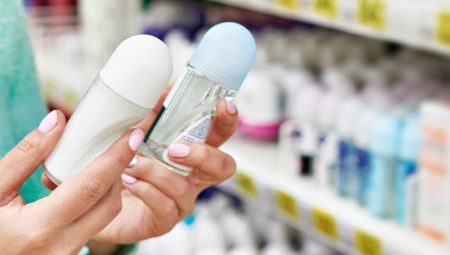
Advertising has long taught us that sweating is a process to be ashamed of and that it should be fought with deodorants and antiperspirants. In the minds of many, these goods are something very similar to each other, if not the same, but the concepts are different, and it is not without reason that two different words are used. To get more out of bottles with mysterious liquids, let's try to figure out what their effect is and how they differ.
Definition of concepts
Simple logic dictates that two different names should mean some different concepts, unless they are synonymous. To understand whether this is so, let us turn to the definitions of both concepts in order to try to find the difference.
The name "deodorant" comes from Latin and can be roughly translated as "odor eliminating agent." In simple words, it is aromatic plug, which has a characteristic strong odor from among the pleasant: using such a tool, you still continue to sweat, just the aroma of the deodorant turns out to be stronger and interrupts any competitors. In fact, many other cosmetic and para-cosmetic substances can be classified as deodorants, including the same perfumes and air fresheners.
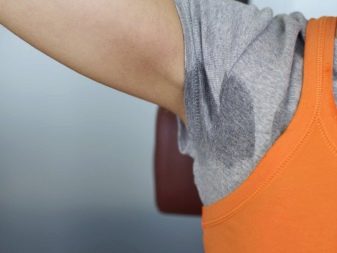
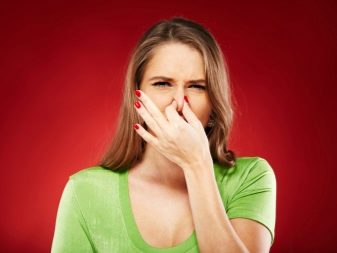
At the same time, one should distinguish between body deodorants, shoe deodorants, indoor deodorants and many others - they usually sign on the packaging.
Deodorants, if we include ordinary perfumes among them, appeared many centuries ago, but the concept of antiperspirant appeared relatively recently - only in the 80s of the last century. Substances that could be called by the same word existed somewhat earlier, but at that time they were called "antiperspirant deodorants". The essence of the drug was that it had a fundamentally different principle of action - the emphasis was not so much on masking the smell, but on the fight against sweating.
Sweat itself usually does not have any pronounced odor, but it is a suitable breeding ground for microorganisms and fungi, whose waste products provide a characteristic unpleasant odor. Accordingly, the absence of sweat indirectly influenced the elimination of an unpleasant odor, and even protected a person from the appearance of wet spots on clothes.
It is important to note that in the modern world, pure antiperspirants do not exist - all of them are antiperspirant deodorants, since they have a complex composition aimed at reducing sweating and masking an unpleasant odor. As for ordinary deodorants, they have not gone anywhere, they just do not have the function of blocking perspiration. Antiperspirants, unlike conventional deodorants, can be considered drugs and are sometimes even prescribed by doctors to combat hyperhidrosis - this is the scientific name for increased sweating.
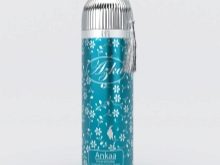

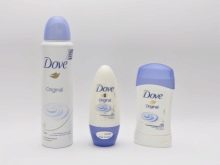
Are there any differences in the lineup?
Considering the difference in the principle of operation, it should not be surprising that the chemical composition of a deodorant differs from an antiperspirant. A classic deodorant was essentially a kind of aromatic fragrance or a set of several that had a strong aroma that could override any other odors. Modern recipes, of course, are more complex, their composition may include additional more complex ingredients, due to which the aroma of the main fragrances is enhanced or "fixed". However, the basis of success is still these fragrances - without them, the deodorant simply will not smell in any way and will not be able to mask other odors.
Today, more complex formulations of deodorants are also known, which are also aimed at complex odor control. Thanks to this, the composition can be complicated due to components aimed either at combating the vital activity of microorganisms that provoke the appearance of an unpleasant odor, or at an "alternative nutrition" for bacteria, which as a result do not disappear anywhere, but cease to smell bad. There are many options for such additives, but various alcohols are most often used as antimicrobial agents.
An antiperspirant works fundamentally differently, even if it has a distinct, pleasant scent. The key components in its composition are aluminum compounds - it is this metal that is directly involved in blocking perspiration. The first antiperspirants appeared about a hundred years ago, and in all of them aluminum (sometimes supplemented with zircon) was invariably present as an active agent - for all the time of development, scientists have not come up with a way to replace this metal with anything else, although many of the compounds themselves have been tried.
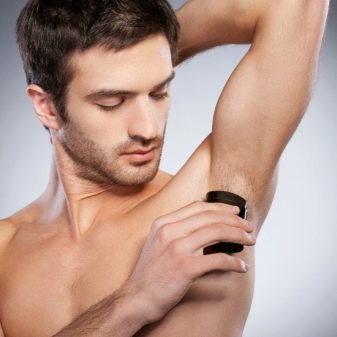
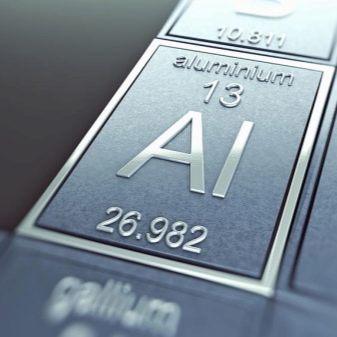
In modern production, they most often resort to the use of aluminum hydrochloride or chloride, as well as aluminum-potassium sulfate.
At the same time, the use of aluminum compounds without additional elements is unreasonable, if only because the main active components of a typical antiperspirant are quite aggressive in relation to the skin and can provoke clearly visible allergic symptoms upon contact with it. In this regard, a significant part of the components of the product is aimed at softening the action of key components, as well as restoring and improving the skin in order to neutralize the "side" effects.
In addition, as stated above, any modern antiperspirant is also a deodorant, which means that it contains numerous aromatic fragrances. In most cases, they are selected so as to act in a complex way - manufacturers are trying to use components that would smell good and, along the way, restore the skin.
Finally, given that bacteria and fungus are the cause of the unpleasant odor, a typical antiperspirant also contains antibacterial and antifungal components, which are designed to eliminate the cause of the appearance of an undesirable aroma as soon as possible. The variety of formulations is so great that it is possible to name at least an approximate composition of an antiperspirant only as it was done above - by categories of substances.
At the same time, we can say with confidence that the set of components of any antiperspirant is much more diverse and extensive than that of an average deodorant without antiperspirant functions.
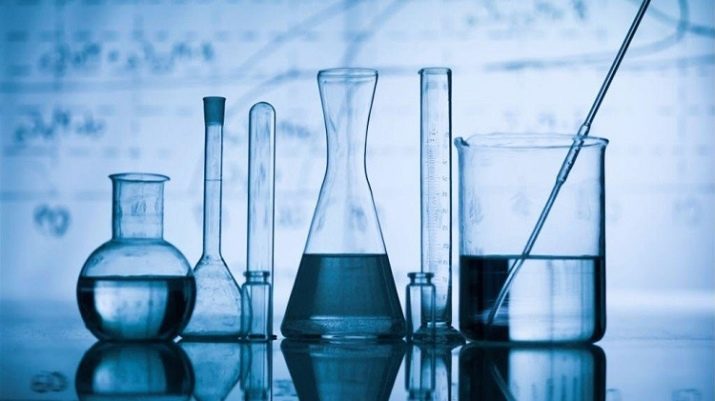
The difference in action
The action of a deodorant, even if we are talking about a complex modern substance that works according to one of the principles described above, is based primarily on the fight against odor as such. How exactly this is achieved depends on the exact formulation of the substance, and in the simplest variations there is a simple masking of the unpleasant smell by the efforts of perfumery fragrances. A drug of this type works by analogy with perfume - a person will definitely smell something, just the smell will be more pleasant.
More complex modern developments have a fundamentally different scheme of action. The "alternative nutrition" for bacteria, which was mentioned in passing above, is that the components of the deodorant, oddly enough, are designed to provide the "right diet" to the microorganisms that provide odor. The fact is that many bacteria feed on sweat components, the processing of which leads to an undesirable aroma. If you give them another, correctly selected food, such a result is not observed, and this is the goal that the deodorant pursues.
Finally, some modern deodorants are aimed at inhibiting oxidative processes. Sweat (more precisely, as we found out, the components contained in its composition are processed by bacteria) has a characteristic sour smell - it is the components of the liquid that are oxidized under the influence of microorganisms.
Some deodorants chemically inhibit this process, blocking oxidation: accordingly, the sweat remains in its original form, which does not have any special smell.
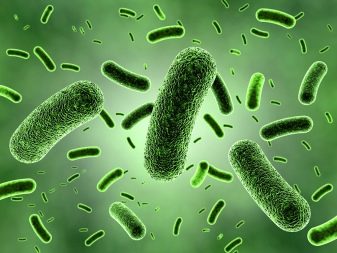
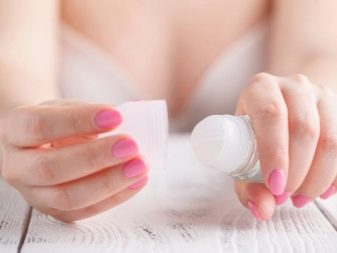
An antiperspirant, which often has the ability to perform some of the functions of a deodorant, can have any of the above principles of action as additional, but the main effect is achieved in a fundamentally different way.... The fact is that aluminum salts, which are inevitably present in any antiperspirant, when applied to the skin, penetrate deep into the perspiration ducts and polymerize there, clogging them quite tightly. For this reason, the sweat glands cannot produce much sweat, and the sweat itself is not excreted outside the skin.
Blocking the sweat glands is very effective at fighting perspiration, but it is not permanent. The epidermis is constantly peeled off, being replaced by new cells, and with it the polymerized plugs peel off. In addition, they are gradually washed out during water procedures and can be washed out even by strong sweating if the body is experiencing particularly strong physical exertion.
The components of the antiperspirant act quite aggressively on the skin, therefore, those constituents that are designed to soothe and soften the irritated epidermis play a significant role. In addition, most antiperspirants are famous for their complex action - thanks to the special substances that make up their composition, they not only deprive bacteria of food, blocking the secretion of sweat, but also actively fight their very existence in order to make the need for antiperspirant use as rare as possible.
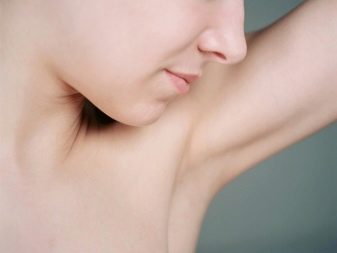
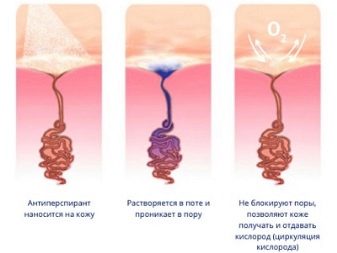
Sweat protection time
Deodorant, as it became clear from the above, does not fight sweat as such - it only masks the unpleasant odor and, at best, affects bacteriathat provoke its appearance.For this reason, even using a deodorant, you will not stop sweating - the perspiration will remain in the same volume, it just will not cause discomfort to the sense of smell. Considering the principle of action of the substance and its rather easy rinse off (by the same sweat) and weathering, you don't have to rely on the long-term performance of the deodorant - after only a few hours after application, it no longer gives any effect.
For this reason, deodorant is an option, rather, for those people who do not have any problems with excessive sweating. They use a substance for everyday masking of the smell, and this is enough, since neither a particularly strong aroma, nor large wet spots on clothes are observed even if a person has forgotten to use the product.
However, in extreme circumstances such as extreme heat, high physical activity or stress, the usual deodorant may no longer cope with the situation.


Antiperspirant is different - given how it works, it shouldn't be surprising that the effect of its use is usually much longer. The exact duration of action depends on the chemical composition of a particular antiperspirant, and on the characteristics of the body of an individual person, and on the conditions in which he was all the time, however on average, the effect of the product after one application is estimated at 3-7 days with an average of 5 days.
Another thing is that such an assessment of the duration of action is based on the specifics of the body of a completely healthy person, while antiperspirants are often used by people with officially diagnosed hyperhidrosis, when the body significantly exceeds the conceivable rate of sweating. But in this case, we can say that the product protects not just from an unpleasant odor, but from sweat, which means that the skin will remain dry and there will be no discomfort due to wet armpits.
Considering all of the above, applying deodorant is appropriate even several times a day, especially if a person leads an active lifestyle. You can use antiperspirant much less often - usually this need arises on average once every 4-5 days. Another thing is that in the most severe cases, it may be necessary to apply the antiperspirant 2-3 days in a row.
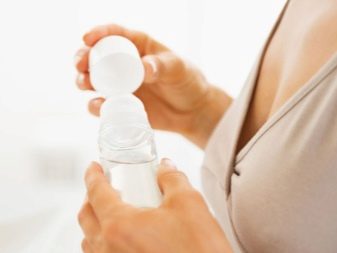

Which is better and safer?
What is "better" is very flexible and depends on the goals you set for yourself. If your goal is to significantly reduce sweating and eliminate unpleasant odors in the bud, then an antiperspirant will certainly be more useful. because its action is much more powerful and effective. Another thing is that this makes sense only if your hyperhidrosis has a well-defined localization on the body, and is not spread over the entire surface of the skin.
The fact is that sweating is the norm for the human body - it is a natural way of cooling in hot weather, which is also used as an additional method for removing excess salts. When you treat typical problem areas of the skin with an antiperspirant (most often these are armpits, palms and feet), sweating is eliminated only in the treated areas, but in general, sweat production does not drop much in the body - other parts of the body begin to sweat more intensely.
In addition, the function of excreting salts is partially transferred to the urinary system, for which this is already the main task. If you set yourself the ambitious task of not sweating at all, then the antiperspirant will cope with it, but a big question arises as to what will happen to your body, overheated and oversaturated with salts.
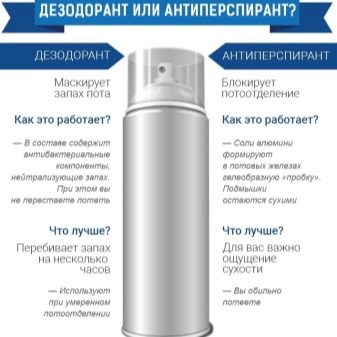

Even if you do not feel that you are hot, but sweat is released profusely, it means that the body considers it appropriate and you should not get carried away with blocking natural processes.
From this point of view, a deodorant is already better, which does not in any way interfere with the body from acting as it sees fit.Another thing is that the result may seem insufficient - you need to use deodorant much more often, and in case of intense heat and intense physical exertion, you may not notice the difference at all, even using this remedy.
As for the safety of both substances, the main threat to humans usually lies in a possible allergic reaction to any of the components of the funds, because before use, it is advisable to carefully read into the composition. Otherwise, it is important to note that antiperspirant contains more ingredients with aggressive effects on the skin, and although manufacturers swear that other ingredients completely neutralize such effects, sensitive skin may still suffer from such "care".


The following video will tell you about the main mistakes when using deodorant and antiperspirant.








